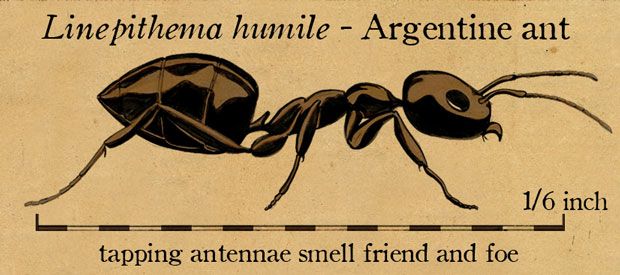Claire told us they were tomato hornworms, larvae stage of Manduca quinquemaculata in the order Lepidoptera (adult stage is a sphinx moth)! The best way to get rid of them, is just by pulling them out of your tomato plants, we started hunting.


 |
| Observed a larvae spin itself a cocoon! |
AH! What happened to this poor thing? Parasites. So I removed the tomato branch it was hanging on (it was still living) & I brought it inside to observe. I noticed there were larvae inside the cocoons hanging of the tomato hornworm's body. Claire & I did some Good ole' Googling, turns out these parasites are a type of braconid wasp, Cotesia congregatus. The adult C. congregatus will lay eggs in the tomato hornworm, the eggs will hatch and feed on the M. quinquemaculata larvae until they are ready to hatch as adult C. congregatus. So, the tomato hornworm, cute as it may be, is actually a pest for our tomato plants, so I put the parasitized tomato hornworm back in the garden.
The largest tomato hornworm we found (the one of my sunglasses in my previous post) is what is considered a 'wanderer' it is ready to pupate! So I decided that I am going to rear this M. quinquemaculata. It is interesting because this I thought that Lepidopterans going from the larvae to pupa instar will hang themselves and create their cases, but this tomato hornworm actually buries itself into the ground beneath the tomato plants during the winter will come out as a Sphinx moth in the spring, reproduce, lay eggs on the tomato plant, cycle begins again! I am moving it to a terrarium in which I will layer some soil and plant a tomato plant.

















.jpg)
.jpg)













